Preserving and Promoting Italy's Ancient Borghi
In the library of the Castel Sant'Angelo in Rome, Culture Minister Dario Franceschini formally proclaimed the year 2017 as the Year of the Borghi, devoted to promoting and preserving Italy's 1,000 ancient towns. Making the project all the more dramatically aurgent was the destruction of a half dozen of these because of the earthquakes that shook Central Italy last August and September. During the year, said Franceschini, "We will work to make our traditions and the culture of countless marvelous places better known."
Not by accident, the idea of Italy's Year of the Borghi coincides with the United Nations designating 2017 as the International Year of Sustainable Tourism for Development, "whose aim is to celebratw and promote the contribution of the tourism sector to building a better world," said the UN in its January launch. (For details, see: >>>) Both the UN and Italy are urging a change in policies, business practices and consumer behavior so as to advance sustainable tourism and -- in the words of the UN -- help preserve the environment and foster prosperity, peace and understanding among peoples.
Cultural tourism focuses upon new experiences with depth and is thus considered a crucial factor in maintaining the borghi as centers for hospitality and crafts. In fact, a few small ancient borghi, including one in Tuscany which attracts 15,000 tourists a year, are success stories, both for its inhabitants and for the visitors.
However, Italian tourism has tended to focus upon a limited areas of the center and north. "Tourism in the borghi exemplifies sustainable tourism. It helps diversify the offer, and hence reduce the pressure on the usual ultra-popular tourist attractions," said Undersecretary Dorina Bianchi. "It promotes the authentic expression of the Italian way of life -- its quality and the rediscovery of a rich artistic and historical heritage." The borghi can be considered a brand, she added, for a relaunch of the tourism sector.
Why is this necessary? Unless resources are provided to maintain employment in the borghi, their inhabitants risk drifting away. "But jobs can be created," said Franceschini, "as we know from the inspiring experience of the alberghi diffusi which have brought people, including youth, back to our historic towns." These
scattered hotels are created by refurbishing abandoned buildings in the center of an historic town, creating a new style of tourism that has brought new life to old borghi. For instance, Santo Stefano di Sessanio, near l'Aquila in the Abruzzo, has had 23 houses restructured by Swedish architect Daniele Kihlgren, who is known as "the man who saves the borghi" (see >>>) Kihlgren also went on to restructure houses at the Sassi di Matera and has acquired five other borghi throughout Italy which, working with the local townships, he plans to restore. Some had been completely abandoned.
One problem which emerged at the conference: that borgo residents pay the same taxes as those living in large cities, where the maintenance costs are higher. "We need revision of taxation," said one participant.
Italy's state tourism agency Enit, working with 18 of the Italian regions, is planning promotional events in coming months in the U.S. as well as throughout Europe to stimulate this new brand of international cultural tourism. To this end last year Enit signed a convention with the association "The Most Beautiful Borghi of Italy."
Domenico Lanciano, who lives in Badolato near Catanzaro, is the founder of the Movimento Europeo Salva-Borghi (MES, Movement to Save European Borghi). For Lanciano, the problem is not solely Italy's. "This is merely a first step toward saving Europe's 15,000 uninhabited or under-inhabited ancient borghi," he said in an interview Thursday. "We need qualified institutional representation in the governments of all the regions and nations and of Europe. We also need a new philosphy concerning the relations between the center and the outlying neighborhood (the periphery) and between city and coutryside. Without this decisional representation, without a new political philosphy, the risk is to have only folklore, propaganda, demagogy -- an aspirin for the terminally ill."
To learn more, see #Italian Villages. And for a video of the project, see >>>






























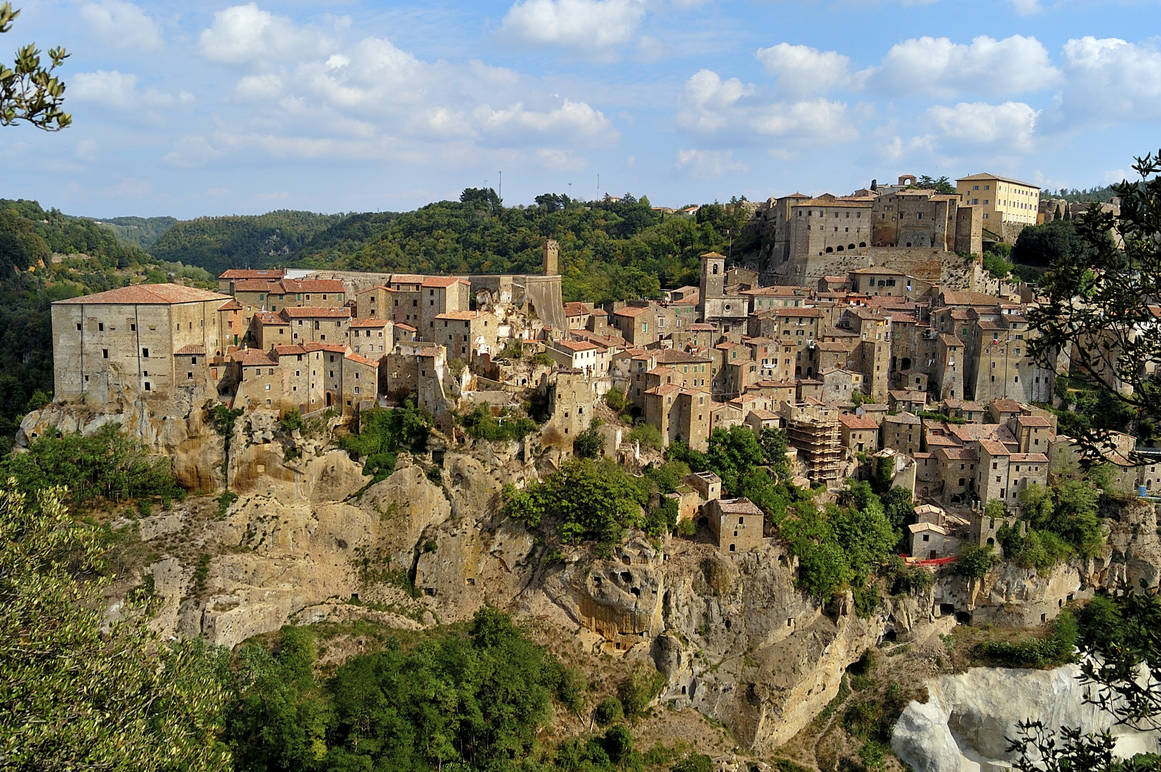
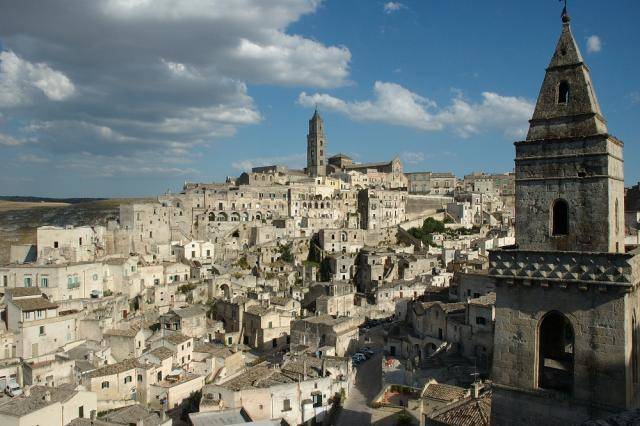

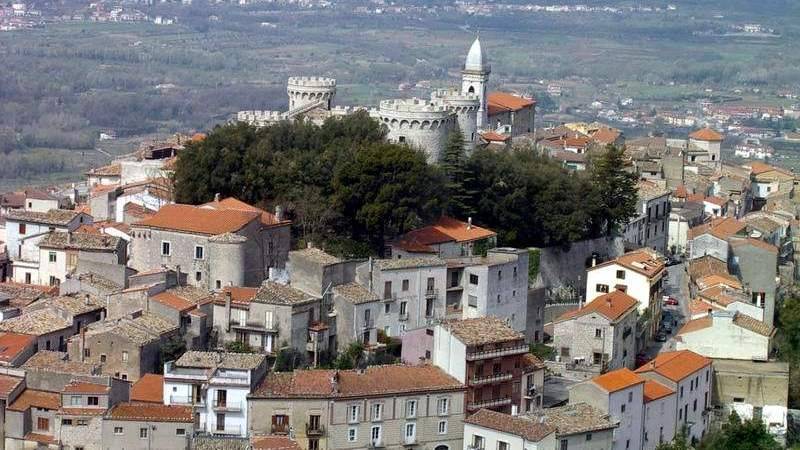

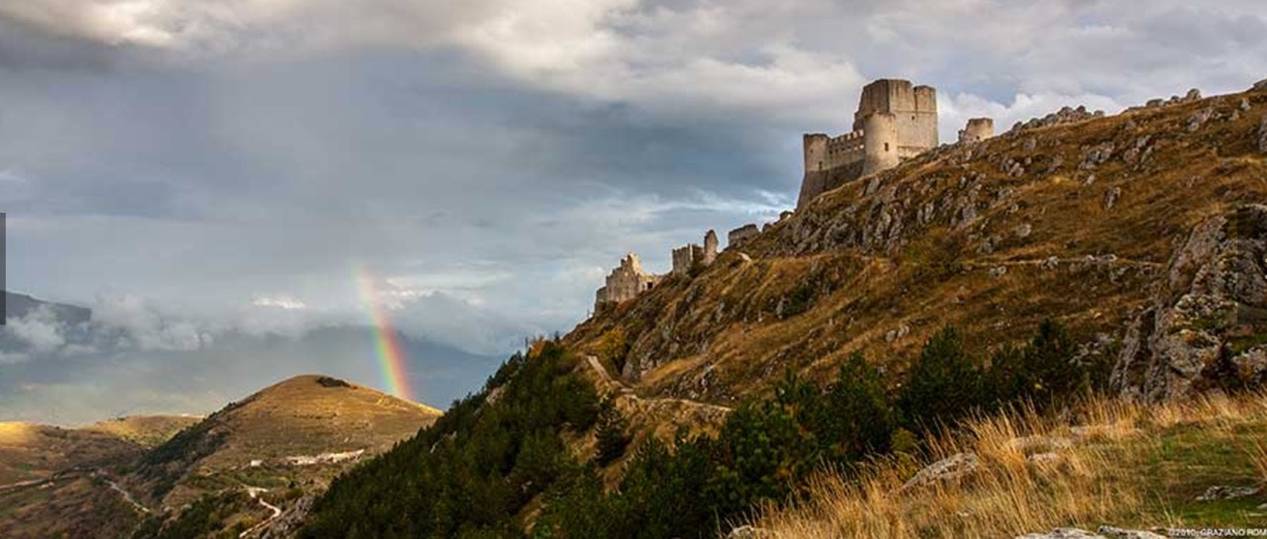
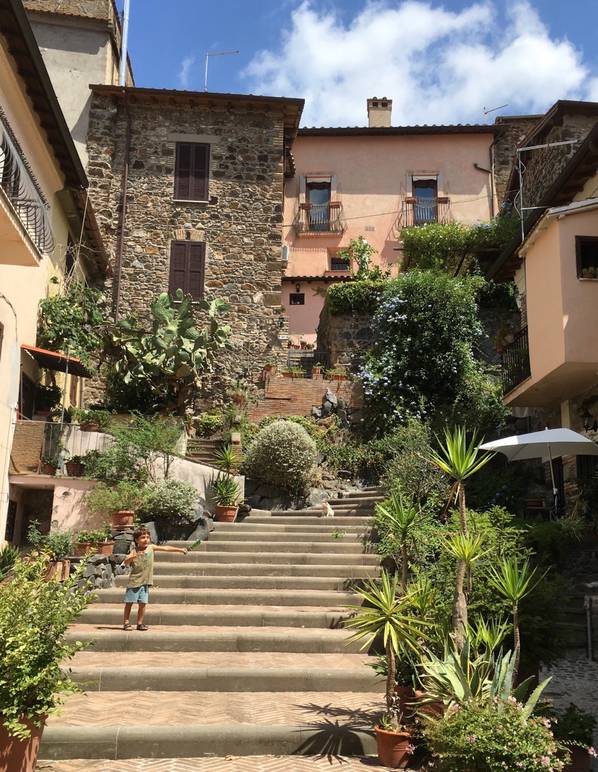



i-Italy
Facebook
Google+
This work may not be reproduced, in whole or in part, without prior written permission.
Questo lavoro non può essere riprodotto, in tutto o in parte, senza permesso scritto.